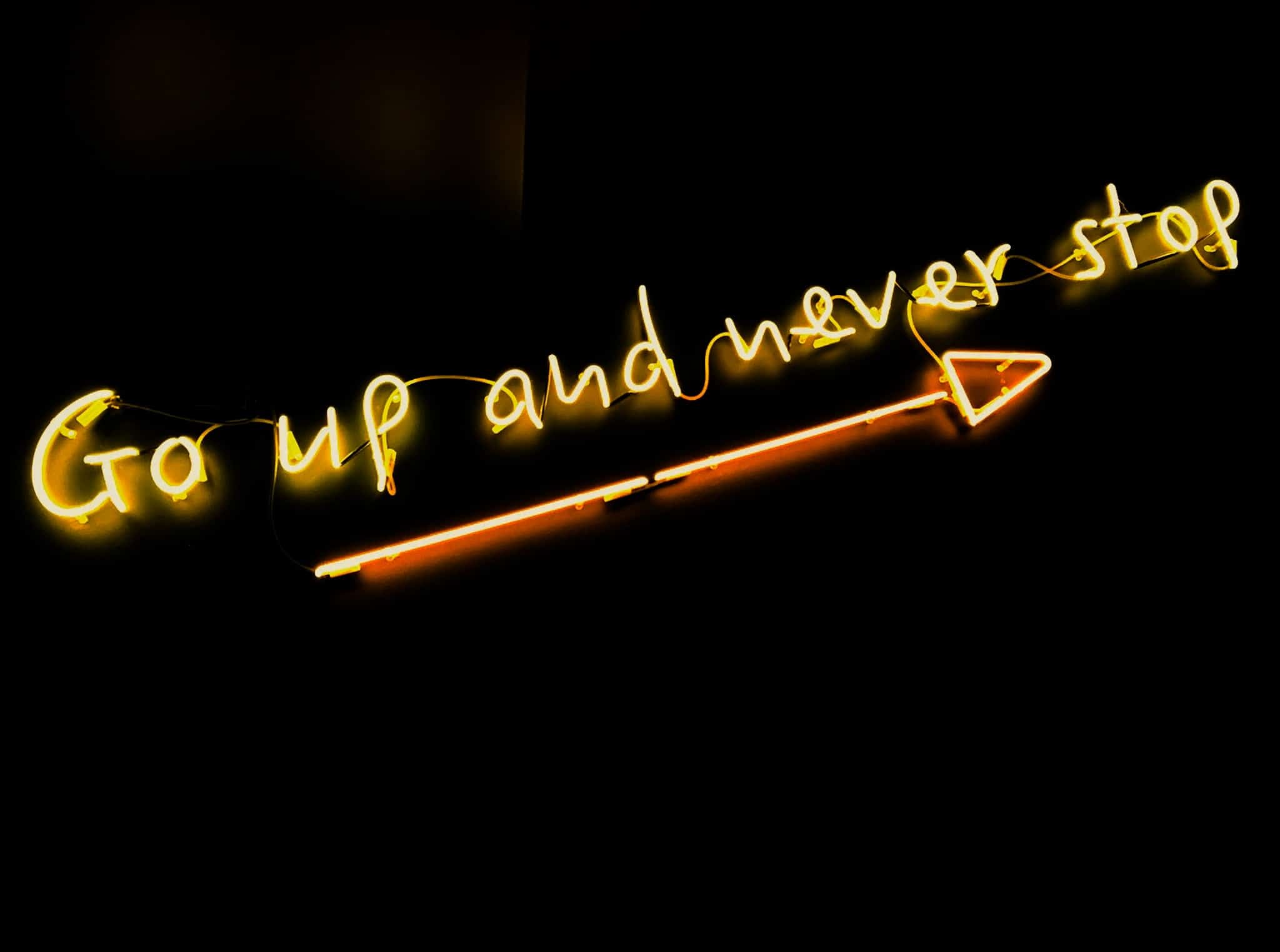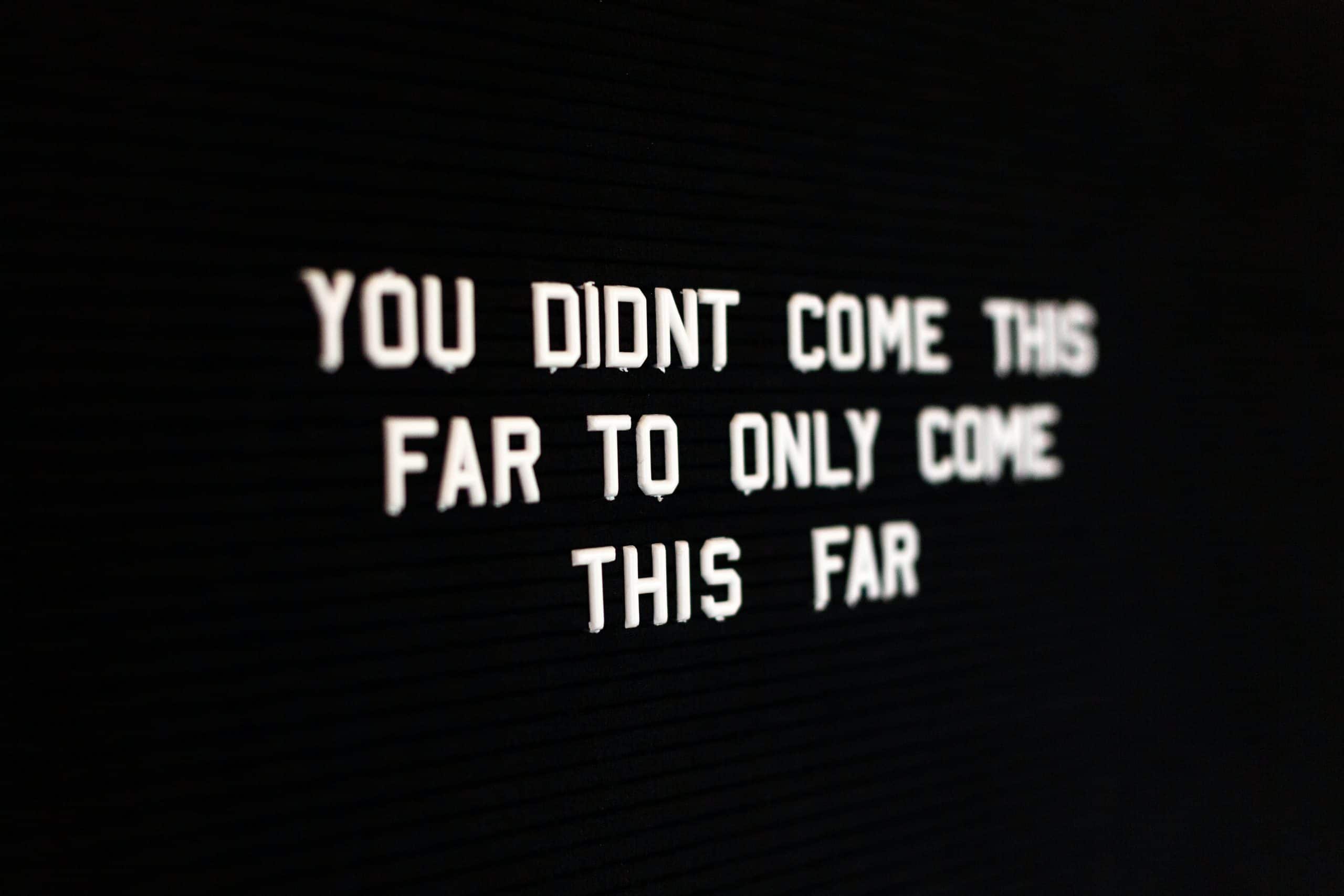Jennifer Osborne is a Canadian photographer based in Berlin. Her series ‘The Red West’ is shortlisted in the Professional People category of the 2015 Sony World Photography Awards, run by the World Photography Organisation.

WPO’s Digital Content Editor, Matthew Oxley, interviews Osborne for us:
We all have hobbies, interests, certain preoccupations that drive us. Sometimes they are a little different and alternative. Sometimes they fall in line with the masses. They distract us from our everyday existence precisely because they aren’t the everyday norm. But what happens when they become exactly that? What happens when a hobby becomes something closer to extended passion, and obsession? When we discover so much intrigue for something – cars, sports, knitting, fashion, history, tradition – that it becomes a lifelong devotion.
Jennifer Osborne’s ‘The Red West’ documents a community of Eastern Europeans who live as North American Indians from the late 1800’s. They sleep in tipis, live from the land and dress in the regalia of the time. Osborne spent 4 years documenting the group. The resulting images are a mix of powerful portraits, tender moments of laughter and joy, and more withdrawn, voyeuristic scenes of the group’s commitment and passion towards a certain history and a certain tradition.
© Jennifer Osborne, Canada, Shortlist, Professional Award, People, 2015 Sony World Photography Awards
MO: Tell us a little about yourself; when and why did you become a photographer?
JO: I grew up on Vancouver Island, in a rural area called the Comox Valley. Since then, I have lived in various Canadian cities, as well as Italy and Germany. At the moment I am based in Berlin and really love it. It allows me to access so many interesting countries that seem exotic to me as a Canadian – such as Latvia.
I started taking pictures in high school, in my last year. It was mainly because I didn’t like my painting and drawing teacher, so I switched to a lady who taught the photography course. Since then, I suppose I continued with photography because it allows me the escape I once wanted. It allows me to always be on the move, seeing new places.
MO: How would you describe ‘The Red West’ to someone with limited photographic knowledge or training?
JO: My series ‘The Red West’ is a reportage about a deeply private community of (mostly) Eastern Europeans who live off the land during certain times of the year. They find shelter in tipis and wigwams, which they make themselves. And, they dress in a style of clothing (regalia) used by North American Indians from the late 1800’s. I myself had to fabricate clothing to wear. I also hitchhiked, bussed and walked long distances to various camps, and I can promise that it’s not an easy way to live!
In documenting this large community, I wanted to discover why Native Americans interest my subjects so deeply. In short, I would summarise that the exoticism around First Nations people compels my subjects to be hobbyists. It’s movies like ‘Dances with Wolves’ that inspires them. They live, breathe and dream “Native American” to such an extent that many “believe” they are First Nations.
MO: You state in your description of the series that you wanted to explore “whether imitation is flattery.” Do you think you got to the heart of this issue?
JO: I can’t speak on my viewers’ behalf, but I can say I was at least able to resolve my own judgements towards “Indian hobbyists”. At first, I found their actions politically incorrect and I wrote this scene off as offensive. But, over time I discovered that the hobbyists have a sincere admiration and respect for North American Indians. It just comes across in the wrong way because imitation can quickly turn into mockery.
Last year, a man of Native American blood saw ‘The Red West’ and said: “A well known Native prophecy states that when the earth is completely poisoned, what will save her is all nations and colours taking on the Red path”. So, some of those who are able to look past the initial shock of this community do in fact have a positive outlook on the hobbyists.
MO: Do you have a photographic philosophy?
JO: Photographs, although they are seemingly lost in the never-ending bombardment of media, are a very powerful tool. They can be used to communicate show a unique perspective, which means they are influential.
They can reveal many of the world’s secrets and phenomena.
Because photographs are powerful, good photos are those created with clarity and not with the metaphorical weeds that overrun our minds. There’s a lot of room for misunderstanding, and our surroundings are ambiguous enough as they are already.
MO: Can you tell us about a current or future project you’re working on?
JO: I should keep this a secret, but I will mention that I do have a new project and I hope to have enough material to begin publishing or exhibiting it by the end of 2015. I can say that it revolves around my usual overriding theme of work, which is “escapism”. I look forward to showing it to you!
MO: Thanks for taking part, and good luck for the future!
Check out more of Jen’s work below:

